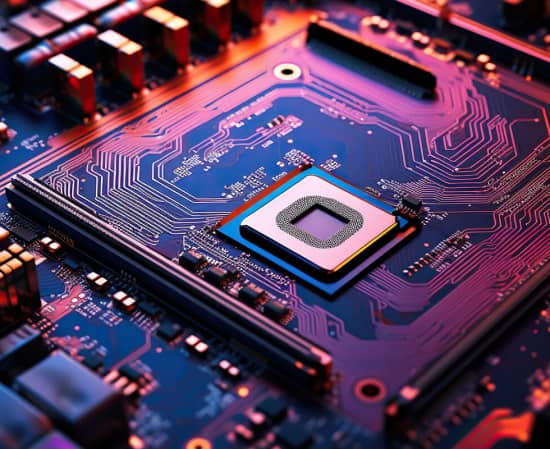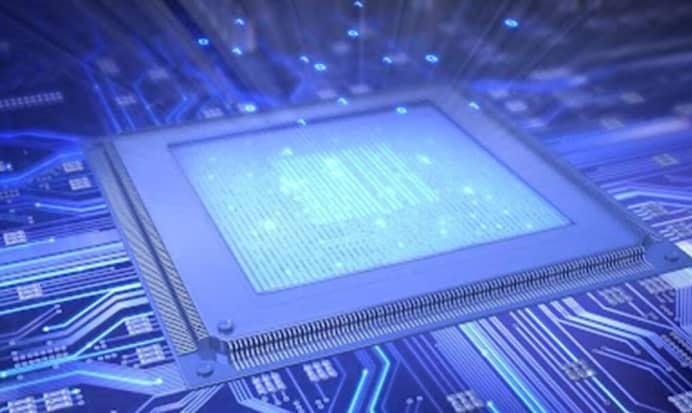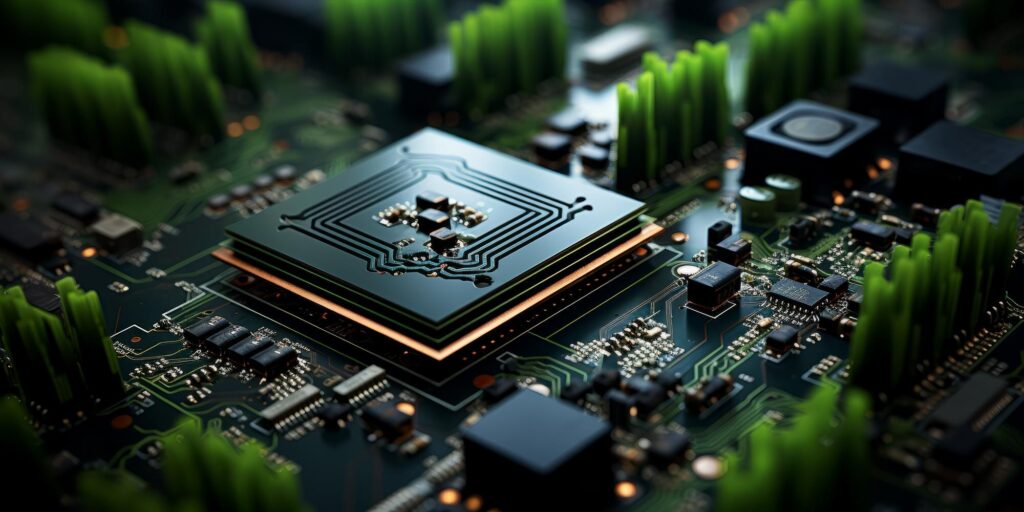Leading experts in Design Verification, FPGA Validation, RTL Design, with proven Expertise in Pre-Si and Post -Si Validation, VIP Verification, Physical Design, RF Design, and DFT.
Leading experts in Design Verification, FPGA Validation, RTL Design, with proven Expertise in Pre-Si and Post -Si Validation, VIP Verification, Physical Design, RF Design, and DFT.

Embedded solutions refer to computing systems or devices designed to perform specific functions within a larger system, often with constraints on size, power consumption, and real-time performance. These solutions typically integrate hardware, firmware, and software tailored to meet specific application requirements.

Hardware Components – Such as Microcontrollers (MCUs) and Microprocessors (MPUs) – Core processing units that execute embedded software. System-on-Chip (SoC) – Integrates multiple components (CPU, GPU, DSP, memory, peripherals) into a single chip. Application-Specific Integrated Circuits (ASICs) – Custom-designed chips optimized for specific applications. Field-Programmable Gate Arrays (FPGAs) – Configurable hardware used for prototyping or specific acceleration tasks.
Firmware and Software – Firmware is Low-level software embedded in hardware devices, controlling their operation (e.g., BIOS, device drivers). Real-Time Operating Systems (RTOS), it is Lightweight OS optimized for real-time processing and minimal resource usage (e.g., FreeRTOS, VxWorks). Embedded Software is application-specific software for controlling device functionality and interacting with external systems.
Peripherals and Interfaces – Sensors and Actuators, these interface with the physical world to gather data and control external devices.
Communication Interfaces, such as Ethernet, Wi-Fi, Bluetooth, CAN bus, and other protocols for connectivity.
Display Interfaces, such as LCD, HDMI, and touchscreens for user interaction.
Power Management – Low-Power Design Techniques to minimize power consumption (e.g., sleep modes, voltage scaling) crucial for battery-operated devices. Power Supply Solutions, these are efficient regulators and converters to manage power delivery to different components.

Internet of Things (IoT) Integration – Embedding connectivity and intelligence into devices to enable IoT applications. Edge computing, where data processing occurs near the data source (device), reducing latency and bandwidth usage.
Artificial Intelligence (AI) and Machine Learning (ML) – Embedding AI/ML capabilities into edge devices for real-time decision-making and predictive analytics. Smart cameras, predictive maintenance, natural language processing in IoT devices.
Security and Trustworthiness – Addressing cybersecurity threats with hardware security modules (HSMs), secure boot, and encryption. Techniques used in this process are Trusted Platform Module (TPM), secure element integration, and hardware-based root of trust.
Edge Computing and Edge AI – Processing data locally on edge devices rather than sending it to centralize cloud servers. The advantage is reduced latency, improved privacy, and bandwidth savings for real-time applications.
Wireless Connectivity Advancements – 5G Integration, enabling high-speed, low-latency communication for mission-critical IoT applications Bluetooth Low Energy (BLE) and Wi-Fi 6 is enhanced wireless protocols for connectivity in diverse IoT environments.
Advanced Human-Machine Interfaces (HMIs) – Development involves Touchscreen displays, voice recognition, gesture control, and augmented reality (AR) interfaces. The areas of applications are automotive infotainment systems, smart home devices, and industrial automation.
Edge-to-Cloud Integration – Combining edge processing with cloud computing for scalability, data aggregation, and analytics. Integration with cloud platforms (AWS IoT, Azure IoT) for seamless data flow and management.
Lifecycle Management and Over-the-Air (OTA) Updates – Remote management of firmware updates and patches to enhance security and functionality. Reducing downtime and operational costs through automated update processes. Embedded solutions play a pivotal role in modern technology, powering a wide range of applications from consumer electronics to industrial automation and IoT ecosystems. The latest trends in embedded solutions emphasize integration of AI/ML for intelligence at the edge, enhanced security measures, advancements in wireless connectivity, and the evolution towards edge computing architectures. By embracing these trends, embedded system developers can create more efficient, secure, and connected devices that meet the evolving demands of today’s interconnected world.